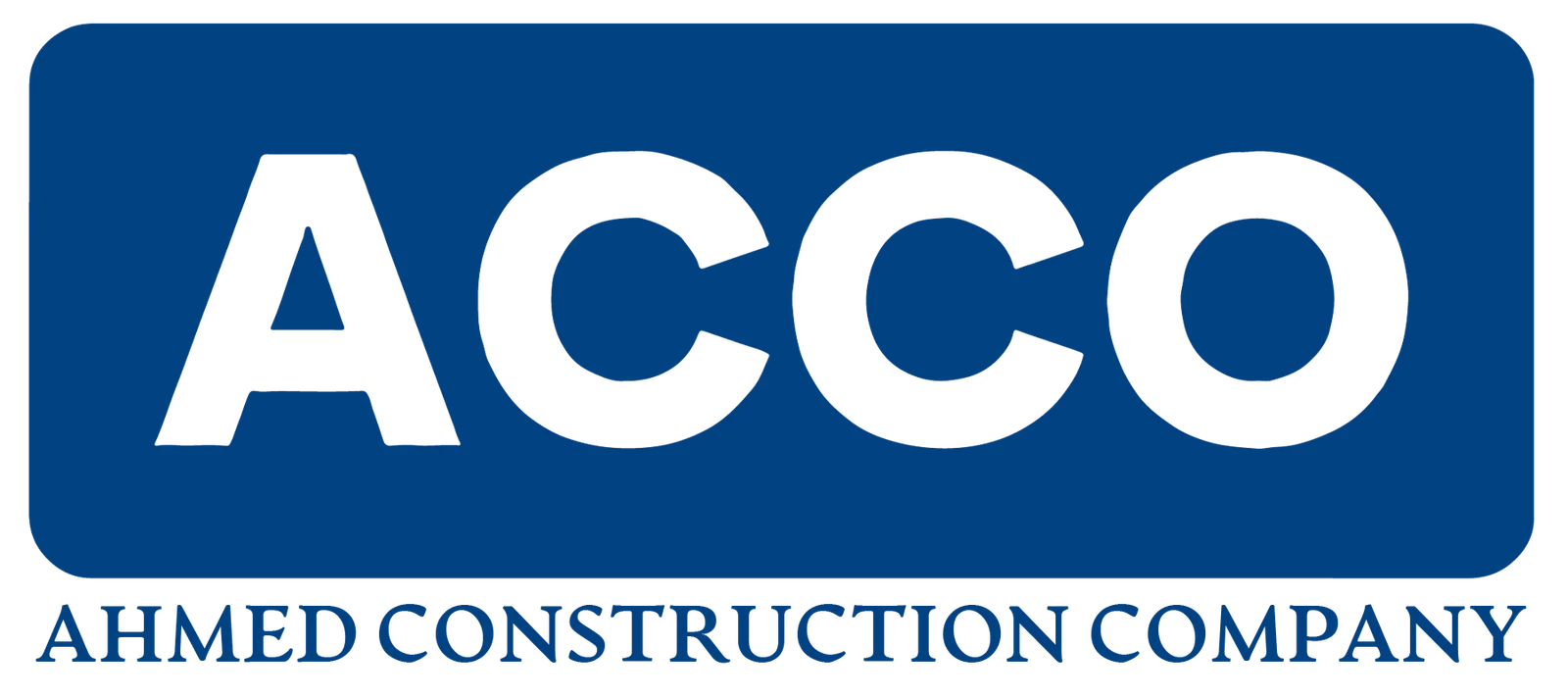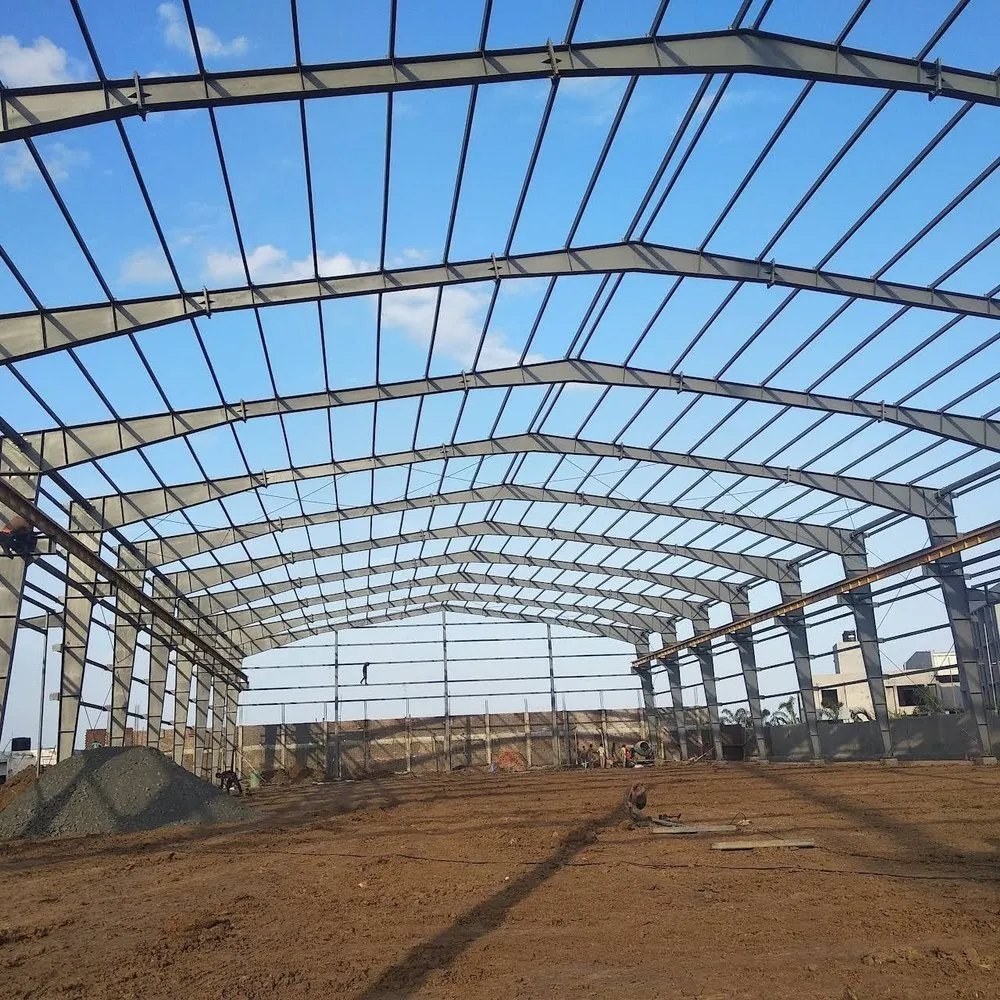
LA Light Rail Project Officials Drop Design-Build for CMAR

The Foothill Gold Line Construction Authority in charge of the Gold Line light rail project in Southern California announced it is canceling its current design-build procurement delivery method on the 3.2-mile Pomona-Montclair segment and is shifting to construction manager-at-risk (CMAR).
The Authority was planning on working with Kiewit Infrastructure West Co., the sole bidder on the project, but says the contractor’s best and final bid came in too high.
“Despite numerous efforts by the Construction Authority to collaborate, including making dozens of contract changes requested by Kiewit to reduce costs, their final bid remained hundreds of millions of dollars above even our most conservative independent cost estimate,” said Construction Authority CEO Habib F. Balian in a statement. “As a result, it’s both impossible and inappropriate to move forward with their bid.”
Kiewit’s final bid was slightly above $994 million, 54% higher than the Authority’s most conservative independent cost estimate (ICE) of $645.6 million, and it is “significantly out of sync with the contracting industry’s chief economist, whose presentation earlier this month confirmed market assumptions in the agency’s independent cost estimates,” says authority spokesperson Lisa Levy Buch.
At its March 26 meeting, the board of directors canceled the ongoing design-build procurement of the project and announced plans to deliver it using CMAR. The board directed staff to return in April with more details on the new plan, including a timeline for expediting project delivery starting with issuing a Request for Proposals for design services this June.
“The board believes this is the best approach to put available dollars to their best use and prioritize efficient construction,” said Balian. “I know that the new plan will allow our agency the best option to try and complete this important regional project with the available funding.”
The Authority’s lead estimator was Jacobs Engineering, and Jacobs’ ICE was last updated in November 2024.
“We also obtained two other ICEs, from GNR Estimating Services and Hill International. In the summer of 2024, Metro conducted a limited review of our ICE and determined that it was too high,” says Levy Buch. Kiewit’s final bid price was deemed unreasonable according to accepted procurement guidelines and practice. General acceptable practice in procurement law is that a sole source bid should be within 10-20% of the ICE, she adds.
Kiewit issued a statement April 2 in response: “We take pride in our 20-year relationship safely delivering projects on time and on budget for the Metro Gold Line Foothill Extension Construction Authority, including three extension projects where Kiewit was the lowest bidder in competitive pursuits. Appreciating there is a reason we were the sole bidder as part of this most recent design-build contract, we worked transparently with the Authority to discuss construction, supply chain and subcontractor/vendor costs, and identify cost-savings opportunities. This included comparing data with one of the Authority’s third-party estimators during the process as costs increased due to inflationary issues.
“Independent cost estimates often don’t reflect larger projects’ scope and complexity, as well as current market conditions. The result is that contractors’ competitive bids don’t align with client budgets, which don’t match the actual cost of the work. In this case, we are disappointed this bid was canceled and that we could not agree on the cost of this important infrastructure project for the region, but we stand by our ethical, detailed efforts to provide a realistic estimate for this contract.”
Levy Buch noted that the Authority learned through the procurement process that the design-build delivery method has become unattractive to contractors due to the risk it transfers to them.
“The Authority believes that pivoting to the new plan of delivering the project using CMAR will reduce unnecessary risk money that is added by bidders by advancing the design to eliminate unknowns, while ensuring the design is constructable and takes advantage of as many cost savings ideas as possible,” she says. “CMAR does that by having the designer work alongside the CM; but the CM doesn’t have to bid the job until design is nearly to 100%, so they help make sure we take advantage of all avenues to save money, while conducting estimates periodically to make sure we are staying as close to our budget as possible for construction. The CM is working to have the design match the budget.”
The CMAR will also provide the opportunity to give the Authority a guaranteed price to complete the work once the design gets to about 80-90%. It may also be able to complete early projects that reduce risk for major construction once it gets underway.
“If at the end, the CMAR doesn’t provide an acceptable bid, the Authority has a 100% designed project that can go out and be awarded to the lowest bidder, and we know that would see a lot of competition,” adds Levy Buch.
Bidding the project once it is designed to 80-90% versus when it is still at less than 30%, as in design-build takes out a lot of unknowns, Levy Buch continues. The design-builder has to look years into the future and plan for all potential uncertainties and unknowns that could possibly happen during construction that probably won’t start for years after they bid.
Geoffrey Neumayr, partner with Design-Build Institute of America (DBIA), says CMAR can be better than design-build if the project scope is difficult to compile and document within a criteria document for procurement to set a fixed price at award. “It is also a lot quicker to procure services of a CMAR than best-value design-build because an owner does not have to take the time to develop a criteria document because it is primarily based on qualification,” he adds. “CMAR allows for better collaboration for scope development of complex projects between design team and contractor.”
The scope of this project includes relocation of freight and Metrolink tracks, installation of tracks, power and train controls, two stations, relocation of the Claremont Metrolink station, reconstruction of a grade crossing and construction of new bridges.
This segment of the project currently has $878 million in funding from LA and San Bernardino counties. The overall project cost will be firmed up once a contractor is hired, say project officials.
Construction Authority staff will return in April with a timeline for delivering the project using CMAR. An RFP for design services is planned for release in June. The Authority says if a CMAR contract moves forward, the project is expected to complete in 2031.
To date, the agency has completed three project segments totaling more than 34 miles and 23 stations. The Pomona-Montclair segment is the final one of the Foothill Gold Line’s 25-station system from Union Station in Downtown LA to Montclair. The Authority completed the first segment between Union Station and Pasadena in 2003 and the Pasadena-Azusa segment in 2015.
Once the Pomona-Montclair segment is finished, it will be turned over to LA Metro and become part of the Metro A Line. An approximately 40-mile trip from Montclair to Pasadena should take just over 40 minutes, and a trip from Los Angeles to Montclair would be about 75 minutes.
Post a Comment
You must be logged in to post a comment.





